Key Markers for Developing the Crucial Role of the CRM Administrator
Customer Relationship Management (CRM) solutions have emerged as the cornerstone of customer interactions and data management in the constantly changing world of commercial technology. As businesses continue to use CRM, the requirement for efficient administration and management becomes more and more clear. In this article, we’ll look at the crucial moment when a company understands it needs a CRM administrator to maintain smooth operations and long-term success.
The decision to bring on a dedicated CRM administrator can be both strategic and practical. These are some of the more important things to consider.
1. User Volume and Complexity of Systems
The size of your user base and the complexity of your CRM deployment play a significant role in determining when a dedicated administrator becomes essential. While larger user bases might necessitate an earlier transition, even smaller companies could require a full-time admin if their CRM usage is mission-critical and intricate.
2. Workload and System Maintenance
As the CRM system gets traction, a fractional admin—typically the starting point for most businesses—might find it difficult to handle the growing workload. A full-time admin may be required to assure system stability and expansion once the fractional admin is overworked and unable to operate the system efficiently.
3. Cost Considerations
An important part of the decision-making process is weighing the costs of internal administration against those of external partners. A realistic technique to make this choice is to determine the point at which your investment in external partners equals your investment in internal administration. The calculation differs from business to business.
4. Integration and Technical Needs
Certain factors demand a dedicated admin earlier in the CRM journey. Integrations with other systems, for instance, require vigilant monitoring and quick response to any issues. This immediate attention is necessary to prevent disruptions and maintain data integrity.
A number of tactical and strategic considerations are made along the way to discovering the necessity for a CRM administrator. The transition from part-time to full-time administration is a critical stage in managing user traffic and system complexity as well as striking the correct balance between internal and external resources. A well-timed shift guarantees effective system management, gives users more control, and creates the conditions for long-term corporate success. Recognizing this point of need and acting with a dedicated administrator is a proactive step towards keeping a competitive edge in today’s changing market, as firms continue to rely on CRMs for their operations.

Recent Comments